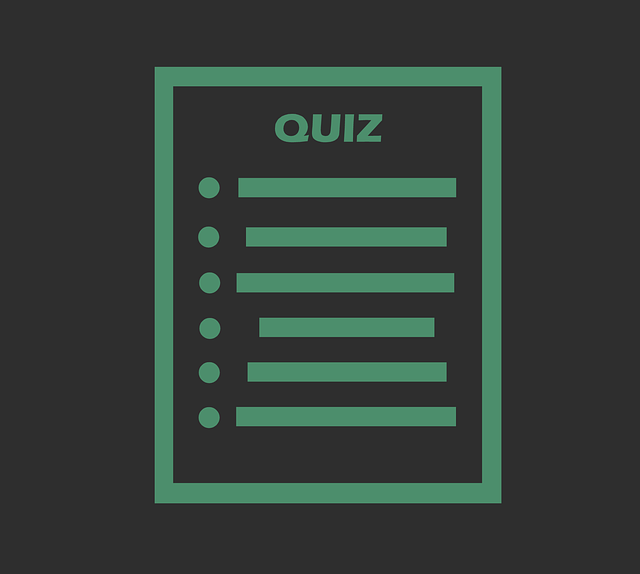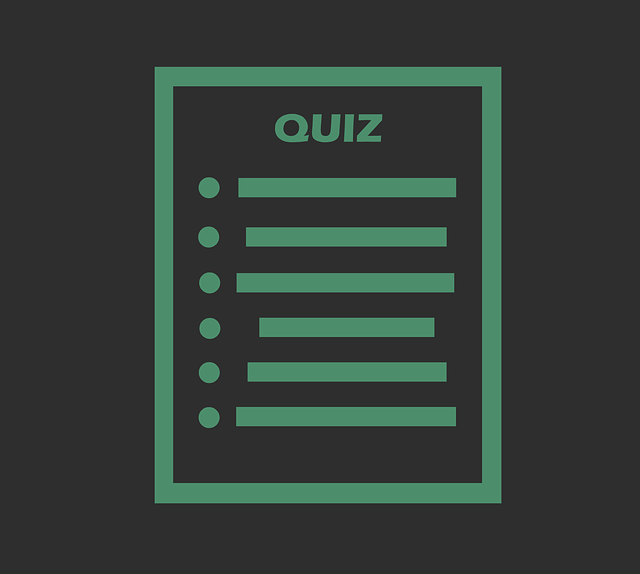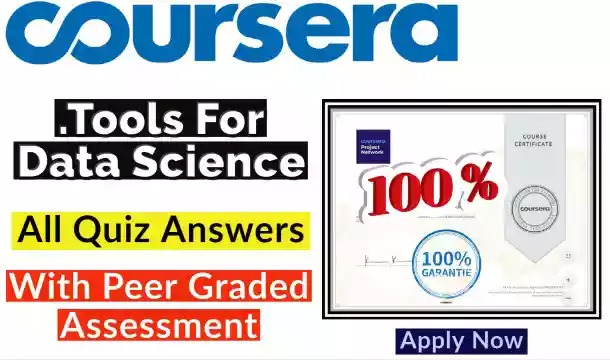In this blog you will find the correct answer of the Coursera quiz Fundamentals of Management Coursera Answers mixsaver always try to brings best blogs and best coupon codes
Week- 1
Review
1.
Question 1
Managers motivate and influence people, who want to follow them voluntarily, to set and achieve goals.
1 point
- True
- False
2.
Question 2
The top person (CEO, president, etc.) is always a leader.
1 point
- True
- False
3.
Question 3
Leaders push and managers pull people to set and achieve goals.
1 point
- True
- False
4.
Question 4
The “boss” is the primary reason why people left their job according to the Gallup organization survey.
1 point
- True
- False
5.
Question 5
Customers are those who buy our products or services, or use the output of our efforts.
1 point
- True
- False
6.
Question 6
Organizational planning starts with, and needs to be aligned with:
1 point
- The culture of the organization
- The strategic plan
- The organization’s vision
- The organization’s mission
7.
Question 7
Organizational behavior and change are driven by:
1 point
- Competition
- Customer satisfaction
- Financial pressure
- Product and process and permits
- All of the above
8.
Question 8
Lean:
1 point
- Focuses on how products and processes flow through the organization
- Is a holistic continual improvement approach
- Eliminates waste
- Creates better value for the organization
- All of the above
9.
Question 9
The change process starts with:
1 point
- New actions
- New thoughts
- A failure in the current situation
- A new feeling
10.
Question 10
People resist change when:
1 point
- The reasons for the change are unclear
- People are committed to the old way of doing things
- It involves a loss of status or security
- Key people in the organization say one thing (to change) but continue to do things the old way
- All of the above
11.
Question 11
The four cornerstones of Lean described in the lecture are:
1 point
- Mission, Vision, Commitment, Tools & Technology
- Philosophy, Culture, Commitment, Tools & Technology
- Strategy, Culture, Vision, Tools & Technology
- Accountability, Habits, Commitment, Tools & Technology
12.
Question 12
The “change barrier” refers to:
1 point
- Employees wanting to know what the change is before committing
- Leaders who fail to address employees’ fears
- Leaders who put up obstacles to organizational change
- Employees refusing to change due to innate stubbornness
13.
Question 13
What are the three common reactions to change that people have, according to the lecture?
1 point
- Distractor, Fence-Sitter, Supporter
- Cheerleader, Distractor, Fence-Sitter
- Saboteur, Supporter, Fence-Sitter
- Opposer, Supporter, Fence-Sitter
14.
Question 14
The Three-Step Change model developed by Kurt Lewin consists of which of the following: (select all that apply)
1 point
- Change should be introduced as a three-step process.
- After unfreezing, change is introduced
- Freezing refers to people’s refusal to change no matter what
- Distractors and Fence-Sitters represent the toughest challenges when it comes to change
- “Unfreezing” prepares people for impending change
- Refreezing allows the new change to become the regular way of doing things
15.
Question 15
You are a business consultant advising your client, a national chain of day spas. In order to be more competitive, they are considering moving from an appointment-only model to a walk-in model. This change represents a significant shift in how they do business. Because they are concerned that their spa managers may resist and not implement this change, you decide to share with them which of the following?
1 point
- The Importance of Organizational Drivers
- The Kurt Lewin Three Step Model
- The Nine Wastes
- The Hierarchy of Planning
16.
Question 16
You are a business consultant who’s been hired to help a national chain of muffler repair shops implement new business processes. You meet with a manager of one of the repair shops and you find him to be largely neutral and indifferent about the changes ahead. Based on the lecture, what type is this manager resembling?
1 point
- He’s a Supporter; you can count on him to come around
- He’s a Fence-Sitter and unwilling to commit at this time
- He’s a classic Distractor and likely to be hard to persuade
17.
Question 17
The Fear Gap refers to:
1 point
- Managers being afraid to implement change because it’s difficult
- The gap between people’s fears and actual reality
- The notion that people are afraid to change
- The gap in productivity due to people’s fears about change
Week- 2
Review
1.
Question 1
People skills are the most essential skills for a new manager or supervisor to be successful.
1 point
True
False
2.
Question 2
In the New Model, the organization moves from an “I” culture to a “We” culture.
1 point
True
False
3.
Question 3
The five management functions are: planning, organizing, staffing, leading, and controlling.
1 point
True
False
4.
Question 4
Autocratic managers flourish in the new model organization.
1 point
True
False
5.
Question 5
Governments around the world have adopted the new model management operating philosophy.
1 point
True
False
Week- 3
Review
Question 1
The final step in the planning process is to analyze and evaluate the environment.
1 point
True
False
2.
Question 2
Planning aligns actions with organizational goals.
1 point
True
False
3.
Question 3
The mission and vision is developed by executive management and the board of directors.
1 point
True
False
4.
Question 4
Strategic planning is done by the first level of management.
1 point
True
False
5.
Question 5
The last step in planning evaluates whether or not customers were satisfied.
1 point
True
False
Week- 4
Review
1.
Question 1
The first step in establishing a control process is to establish goals or standards.
1 point
True
False
2.
Question 2
Customers smelling coffee in a coffee shop is an example of a qualitative measure.
1 point
True
False
3.
Question 3
Situational leadership is based on the premise that a leader’s actions should match the variables of the situation.
1 point
True
False
4.
Question 4
All control processes should be measured both
quantitatively and qualitatively.
1 point
True
False
5.
Question 5
Feedforward controls measure performance after the fact.
1 point
True
False
Important Link:





